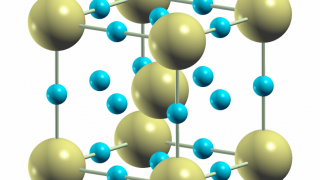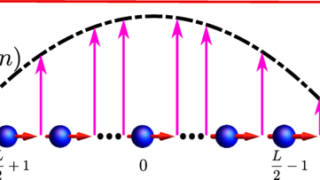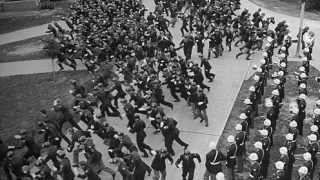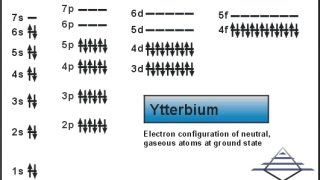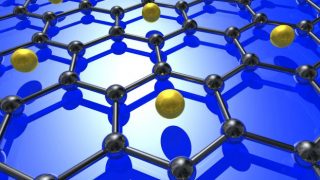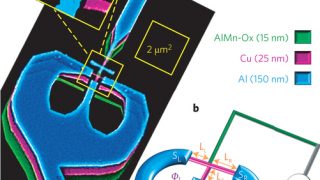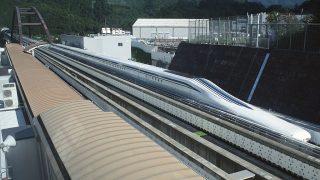
Superconductivity and the BCS theory
The band theory of metals has been subjected to experimental tests many times and is now the accepted model of the behaviour of conductors and insulators. But it has to be modified when it comes to superconductivity. Electrical resistance is due to collisions of the electrons (whether treated as particles or waves) with impurities, imperfections […]
